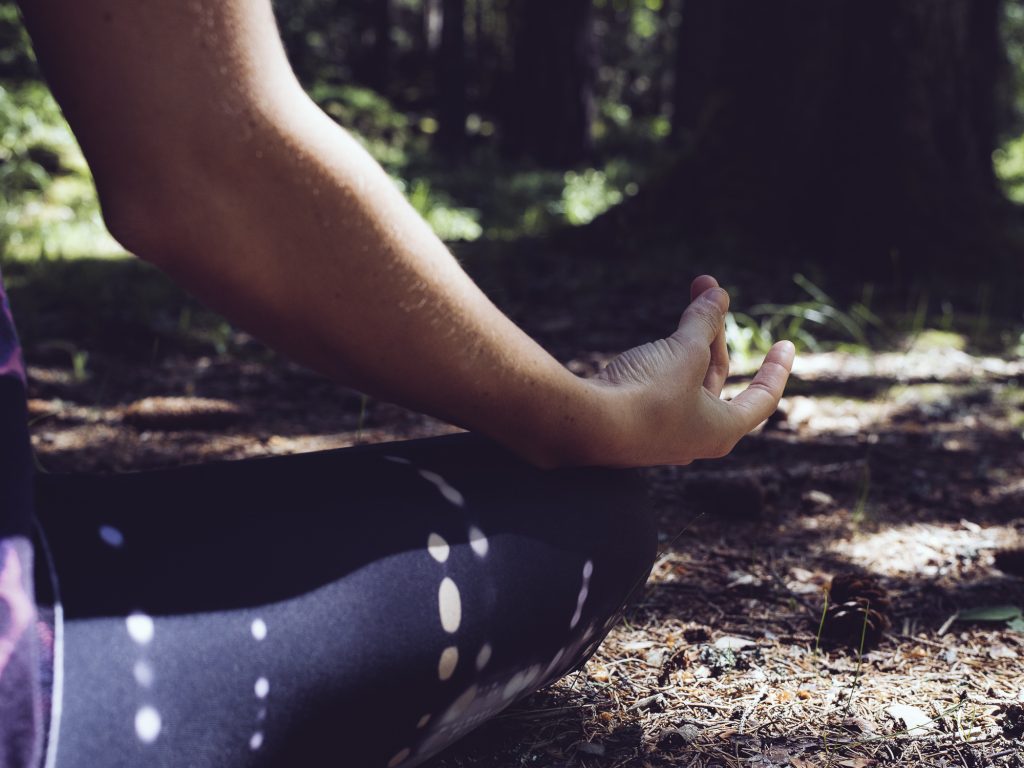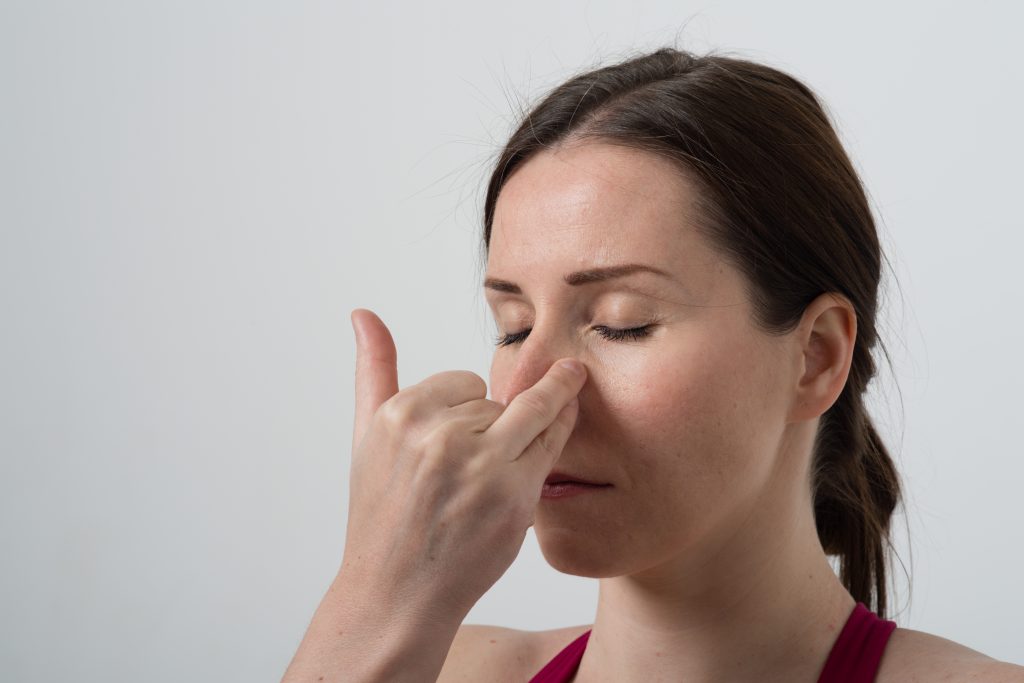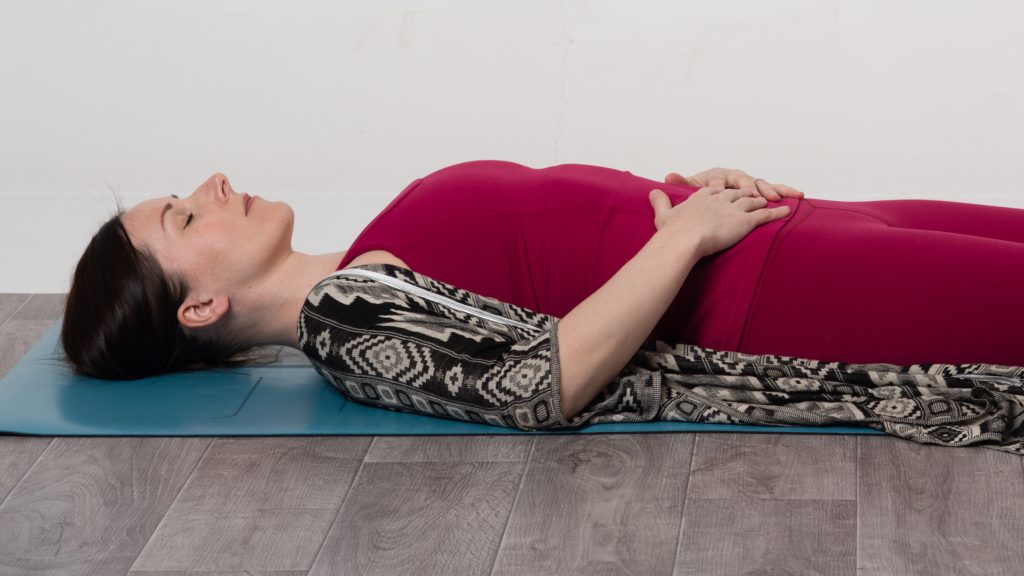NEW at Gotta Joga: Meditation and Pranayama exercises
Some yogis say that a yoga practice without pranayama is no yoga. Like having a sandwich without the bread.
Today we are introducing 10 new yoga classes with meditation and pranayama (breathing) exercises.
Since I learnt my first pranayama technique I have regularly used Kapalabhati (Breath of Fire) to warm up my body during the cold season. I often use a discrete form of Nadi Shodhana (Alternate Nostril Breathing), where the hands lay on thighs, to relax before presentations or to calm down in traffic jams.
What is Pranayama?
Pranayama connects the asana practice and meditation. Pranayama breathing exercises combine the conscious and controlled inhalation and exhalation practices.
Pranayama is Sanskrit and consists of two words: prana and ayama. Prana means Life Forces and ayama means extension. Together they mean extension or control of the Life Force.
How to practice pranayama?
Pranayama exercises are best done with an empty stomach and in a seated or supine position. Sit on a yoga block or a meditation cushion to have a relaxed yet straight posture. Try to do them in a room with clean air and which is free of external disturbances.
What are the benefits of pranayama?
Pranayama is purifying and generally improving health and well-being. It clears obstacles so that the breath can flow. Different types of pranayama have different benefits.
Gotta Joga meditation and pranayama exercises consist of 4 different elements:
1) Kapalabhati or Breath of Fire (or Skull Shining) warms up the body. It is energizing and detoxifying. It tones the abdominal muscles as well.
2) Nadi Shodhana or Alternate Nostril Breathing is balancing, mind calming and relaxing. It also cleans the channels of the mind-body organism.
3) Breath focused meditation (5 minutes) helps you regain your calm. Focusing on your breath this way helps you to deactivate your brain and its obsessive thinking process. It helps you to locate yourself in time and space encouraging your mind and body to relax.
4) Viloma I or Interrupted breathing technique. We do this lying down. The inhaling is done in 3 parts and exhaling in one part. You learn to use the full capacity of your breath where more oxygen enters in and more toxins exit out.




